I am squatting in the dirt, peering intently at some dishes placed on a vibrantly striped blanket. I have been told I have to play this game: The prices offered, I have been assured, are ridiculous, sky-high; they are prices for ignorant Norte Americanas. I scrunch my face and try to look disapproving, pointing at one dish, then another. My partner in this game is a small, brown man with shining eyes and an earnest expression. He gestures at the plates, murmuring something my sister translates as having to do with quality: His, he assures me, are better. I can’t see the difference. We continue on like this, parrying and thrusting, scowling and smiling. We take our time; the proprieties must be observed. When we walk away, I am the proud possessor of two colorful plates, and my wallet is $10 lighter.
In Your Bucket Because…
- Prices are very cheap, and in small villages you often buy from the crafters and artisans themselves.
- You’ll get to hone your bargaining skills in a gentle environment.
- Good for shoppers interested in traditional, colorful handcrafts. For high quality art and silver, head to the galleries of San Isidro in Lima.
Souvenirs from Peru are as varied as the country’s diverse landscapes, which range from Amazonian rainforests in the north to the mysterious Nazca lines inscribed in the sands of the southern deserts. In between are cosmopolitan Lima, the high-country tourist magnets of Huarez and Lake Titicaca (the world’s highest lake) and, of course, the Incan sites near Cuzco, capped by Machu Picchu, the incomparable, sacred mountain site of the Incas.
Where to Shop in Lima and Cuzco
Visitors on a tour to Peru won’t have any trouble finding places to relieve themselves of their money: The main tourist centers all have markets. But Lima, as the country’s main port of entry and cosmopolitan center, and Cuzco, as the former capital of Incan Peru and the current gateway for travel to Machu Picchu, deserve special mention.
- Lima: The Peruvian capital has the biggest number of shops and selection of goods. The relatively upscale Miraflores district is popular with tourists, and hence has a thriving tourist market of shops that carry handicrafts including ceramics, textiles, and carvings from all over Peru. You’ll also see informal mini-malls comprising souvenir stalls, along with high-end shops that carry better silver jewelry and antiques. San Isidro is Lima’s other well-heeled district, and the capital’s other place to shop for high quality goods, especially silver. If you’re serious about your silver, the Ilaria Gallery has specialized in silverwork for generations, and attracts a loyal local and international clientele.
- Cuzco: As the historic Incan capital and the gateway to Machu Picchu as well as rafting tours on the Urabamba River, Cuzco is a major hub for tourists. It’s worth a stop on its own, and many tourists rest here a day or two to acclimate to the elevation before traveling on to Machu Picchu. Cuzco’s main tourist stalls are found in the Plaza de Armas. Look for wool and alpaca clothing, weavings, painted pottery, silver jewelry, and watercolor paintings featuring local landmarks and people.
- Just outside Cuzco: In the hillside neighborhoods of San Blas, tourists can explore a picturesque neighborhood filled with artists’ studios and galleries. Some artists open their workshops and sell directly to visitors. There are also a number of shops and galleries featuring local crafts, paintings, and ceramics; the work here has a more original, less tourist-trinket feel. Also in the Cuzco area, the town of Pisac hosts a famed Sunday market that draws vendors from all over the surrounding region. Prices are reputed to be the lowest in Peru; certainly the market, located in the town center and spilling over into side streets, is one of the most vibrant.
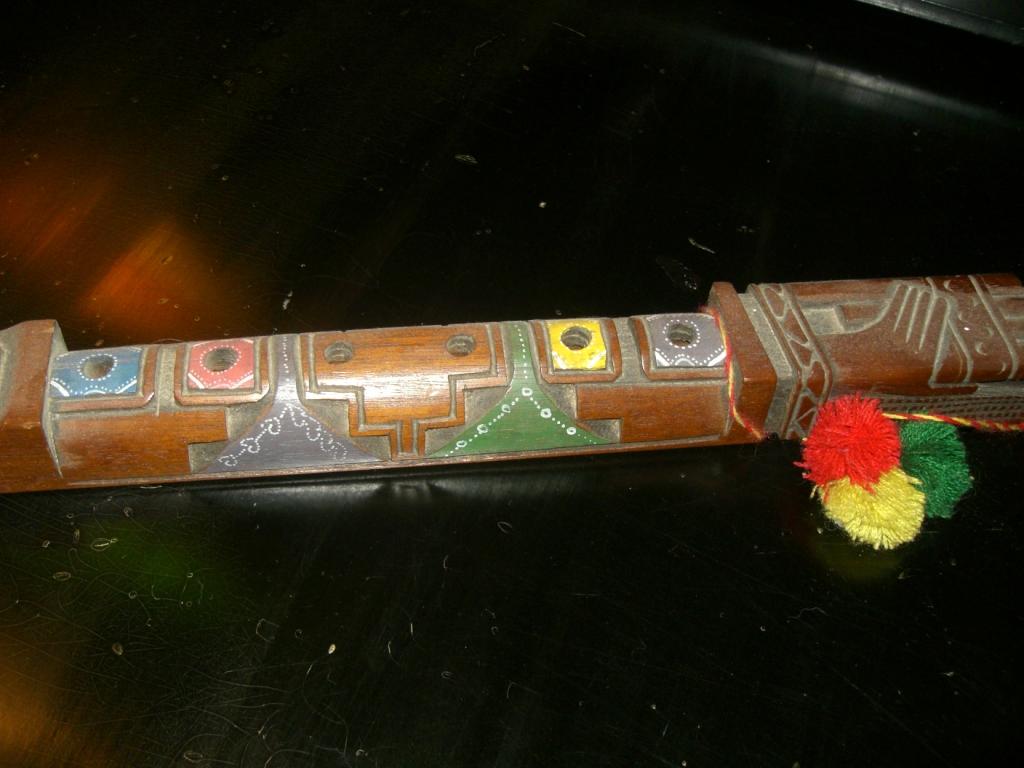
What Souvenirs to Buy in Peru
- Pottery: Pottery comes in three basic styles: Copies of pre-Columbian artifacts, idiosyncratic and artistic modern renditions on ancient themes, and delicately painted bowls, plates, and cups with geometric designs. Note that it is illegal to export pre-Columbian artifacts (luggage may be checked at the airport). The painted pottery is extremely fragile, so pack it carefully in hand luggage.
- Paintings: Simple market-stall watercolors depicting cobblestoned streets, local people, and Peru’s Incan ruins and landscapes are available for a few dollars. Framed, they make attractive mementos and gifts from a Peru vacation.
- Silver: Necklaces, earrings, and rings are traditional Peruvian handicrafts. Also available are spoons and other silverware with decorative handles picturing llamas or the “tumi” a pre-Columbian symbol that looks a mushroom, and represents the curved blade of the knife of a god. The silver used in tourist grade products is not high quality – something to bear in mind when discussing prices.
- Weavings: Weavings range from large wall pieces to small dishcloths embroidered with pictures of local people, animals, and scenes. The style of a “stuffed wool weaving” originally from San Pedro de las Cajas is considered a traditional Peruvian technique.
- Alpaca Rugs and Throws: Made of different colors of alpaca skins sewn together in geometric patterns, these rugs and throws make lovely gifts. They fold down into a surprisingly small package for travel.
- Woodwork: Carvings feature local animals such as llamas, pumas, and condors are widely available, as are the traditional colorfully painted wooden flutes, Pan-flutes, and rain sticks.
- Sweaters: Colorful rough woolen sweaters with striking geometric patterns cost around $10 – $20, depending on the traveler’s bargaining prowess. Some of the dyes are not colorfast, so sweaters should be dry-cleaned. The traditional wool hats that come down over the ears are inexpensive (a few dollars), and are also useful in the cooler temperatures of Peru’s higher elevations.
- Drinks: Two drinks are characteristic of Peru. The sticky sweet and slightly medicinal tasting Inca Cola is ubiquitous, but most tourists don’t pick up a taste for it and wouldn’t bother bringing it home. Pisco, on the other hand – the liquor used in making the national cocktail, Pisco Sours – is another story. A bottle of it makes a nice gift for the pet sitter or the neighbor who brought in your mail.
Practicalities
Three final tips, which hold true in developing country markets worldwide:
- Keep an eye on valuables such as cameras and wallets.
- Expect to tip to take pictures of locals in their colorful costumes. The tourist soon learns the Spanish word “propina.” It means “a small tip” and people aren’t shy about asking for one.
- Come prepared to bargain and don’t be reluctant: It’s part of the culture. Bargain hard, but with good will and a sense of humor. Most tourist purchases are well under $50, and long after the visitor forgets the price that was paid, the souvenirs will be a remembrance.
Updated and republished in 2020
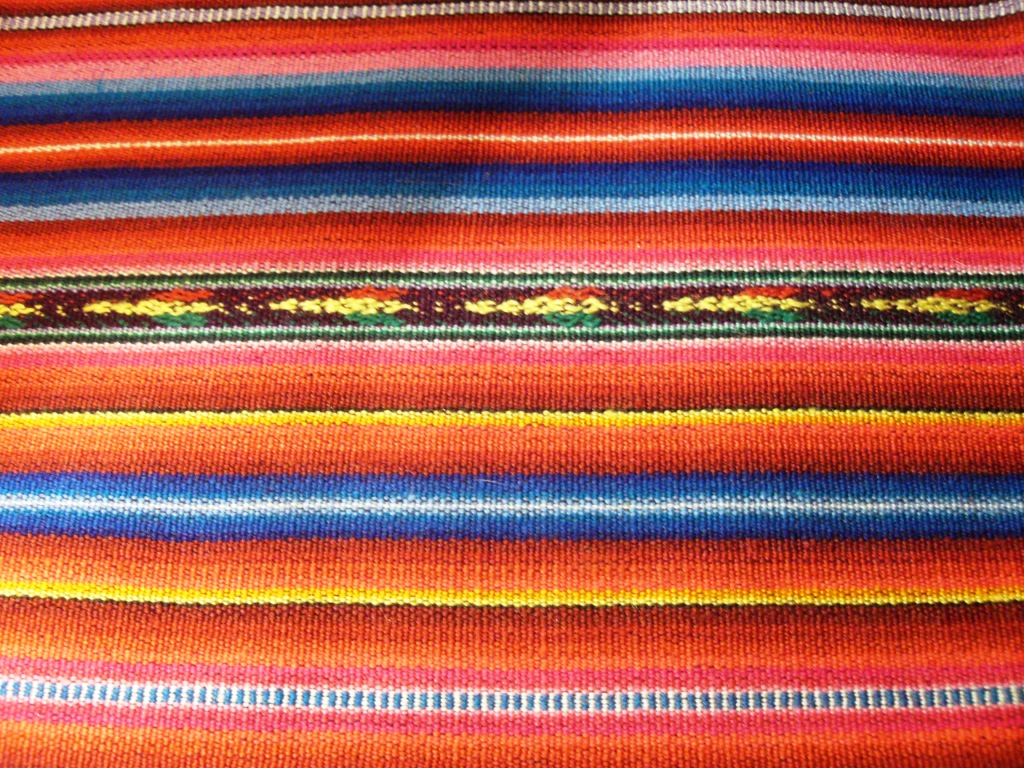
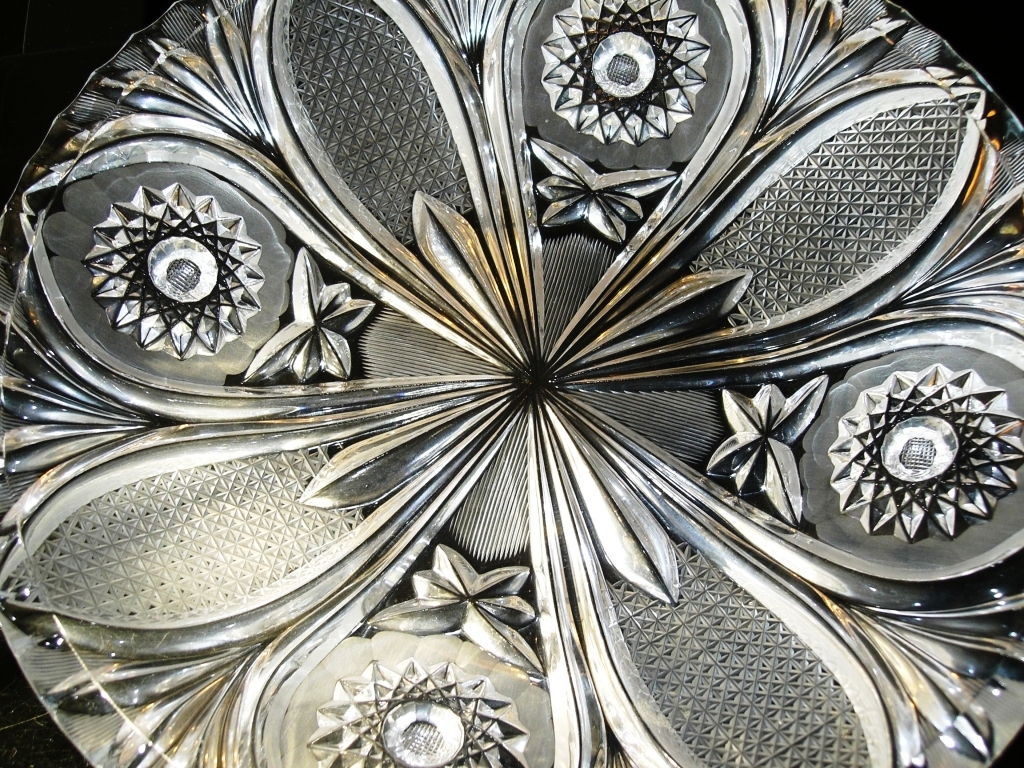
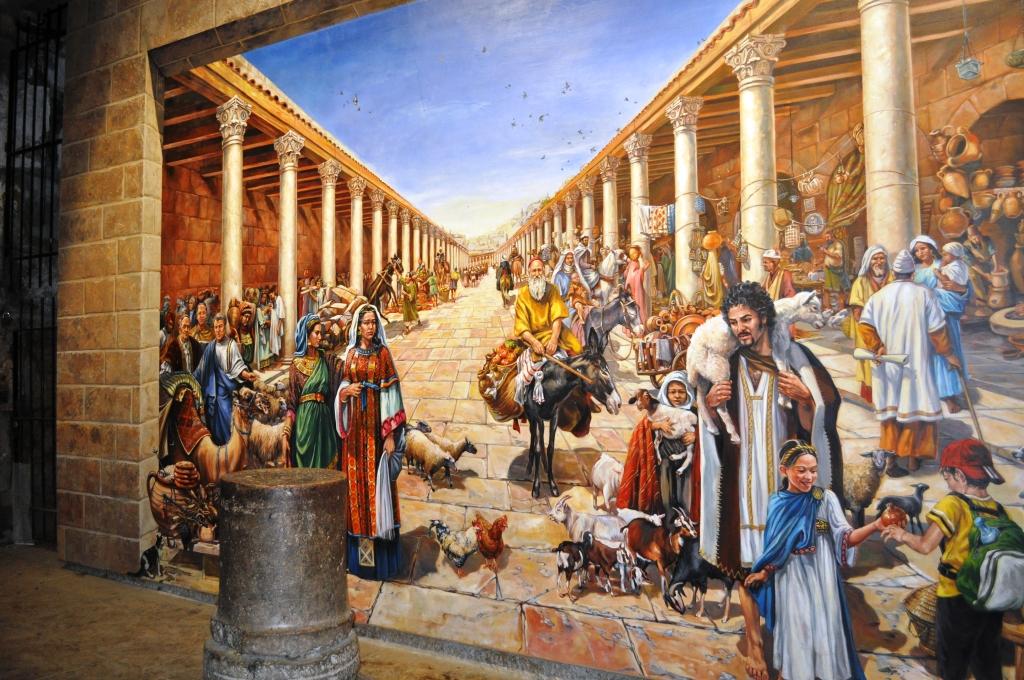
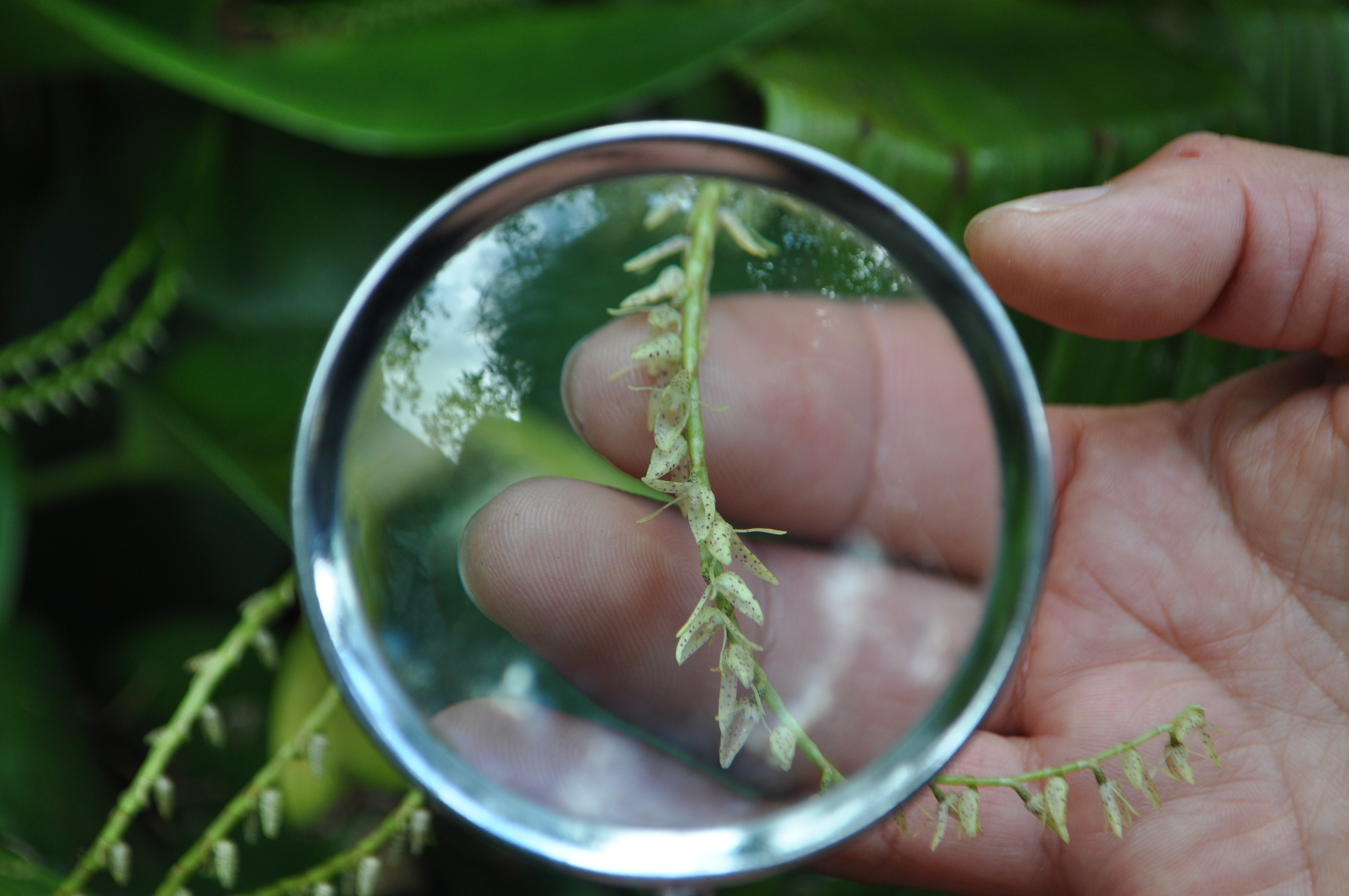
Great story, Karen.
What I really enjoyed about shopping in the Peruvian markets is that the merchants are not pushy. We quit visiting Mexico partly because we found the merchants and service people to be much too pushy — and demanding for tips/propinas. The Peruvians are much more polite and not so expecting, and that is most refreshing.